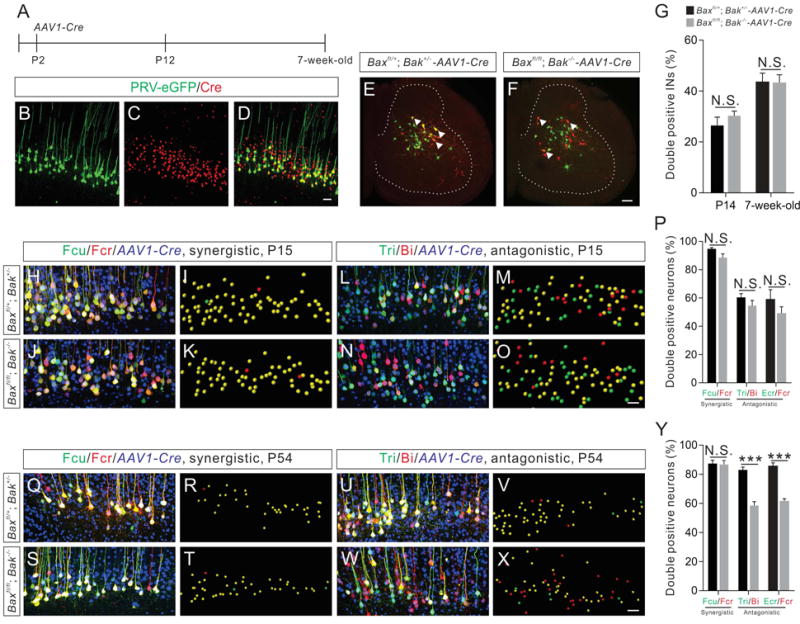Figure 6. Anatomical reorganization of CS circuits is abolished in Bax/Bak double-mutant mice.

(A) Experimental design of the temporally-specific deletion of the floxed Bax alleles in the motor cortex. AAV1-Cre was injected into the motor cortex at P2 to conditionally delete floxed Bax alleles. PRV injections were performed on P12 and 7-week-old adult mice.
(B–D) Representative images of a brain section from the motor cortex showing that most of the PRV-eGFP+ CS neurons were also Cre+ (yellow).
(E and F) Cervical spinal cord images from P14 control (Baxfl/+; Bak+/−-AAV1-Cre) (E) and Bax/Bak double-mutant (F) mice showing INs labeled by dual-color PRV tracing from the antagonistic Ecr/Fcr muscle pair (three double positive INs are indicated by white arrowheads).
(G) Percentages of double positive INs labeled by PRVs in Bax/Bak double-mutant mice (P14, n=12; adult, n=12) are similar (P14, P=0.3328; adult, P=0.9486) to those in control (P14, n=9; adult, n=11) mice.
(H–O and Q–X) Representative images (left: confocal and right: imaris reconstruction) from dual-color PRV tracing assays for a synergistic (H–K and Q–T, Fcr/Fcu) and an antagonistic (L–O and U–X, Tri/Bi) muscle pair from control and Bax/Bak double-mutant mice at P15 (H–O) and adult (Q–X) stages.
(P) Percentages of double positive CS neurons labeled by PRVs in P15 Bax/Bak double-mutant mice (Fcu/Fcr, n=9; Tri/Bi, n=17; Ecr/Fcr, n=13) are similar (Fcu/Fcr, P=0.0555; Tri/Bi, P=0.2841; Ecr/Fcr, P=0.2654) to those in P15 control mice (Fcu/Fcr, n=13; Tri/Bi, n=15; Ecr/Fcr, n=10).
(Y) Percentages of double positive CS neurons labeled by PRVs from the synergistic Fcu/Fcr muscle pair in adult Bax/Bak double-mutant mice (n=12) is similar (P=0.8946) to those in control mice (n=9), while percentages of double positive CS neurons labeled by PRVs from antagonistic muscle pairs in adult Bax/Bak double-mutant mice (Tri/Bi, n=8; Ecr/Fcr, n=12) are significantly (Tri/Bi, P<0.0001; Ecr/Fcr, P<0.0001) lower than those of control mice (Tri/Bi, n=9; Ecr/Fcr, n=12). Where “n” represents the number of mice used in each experiment. Scale bars, 50 μm (D, O, and X), 100 μm (F).
